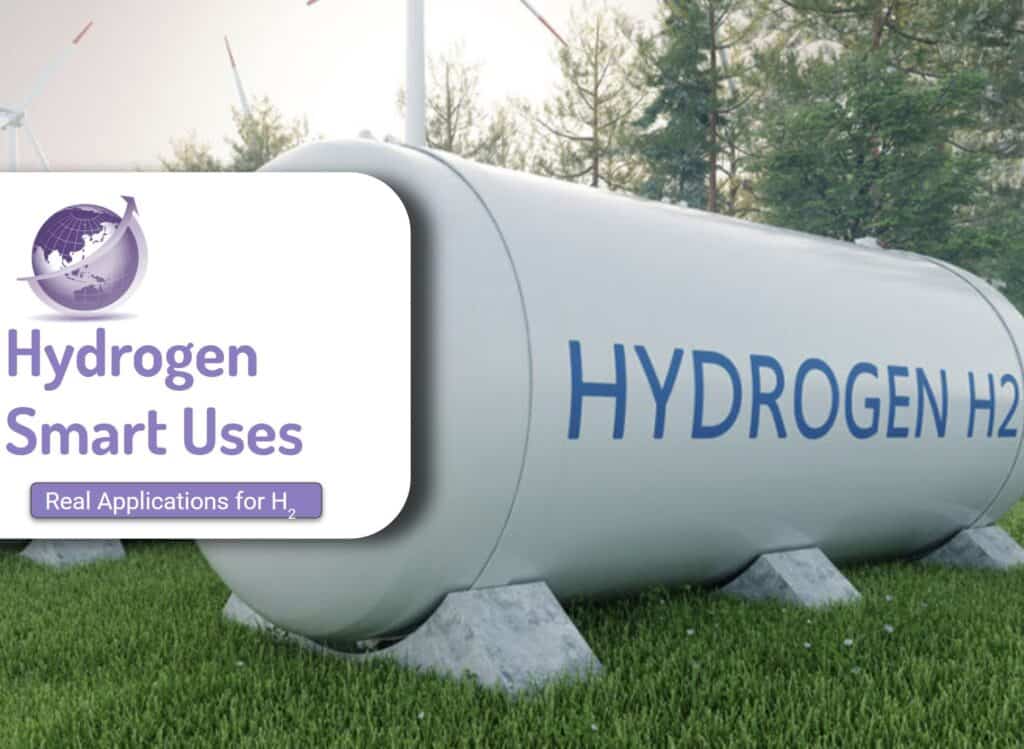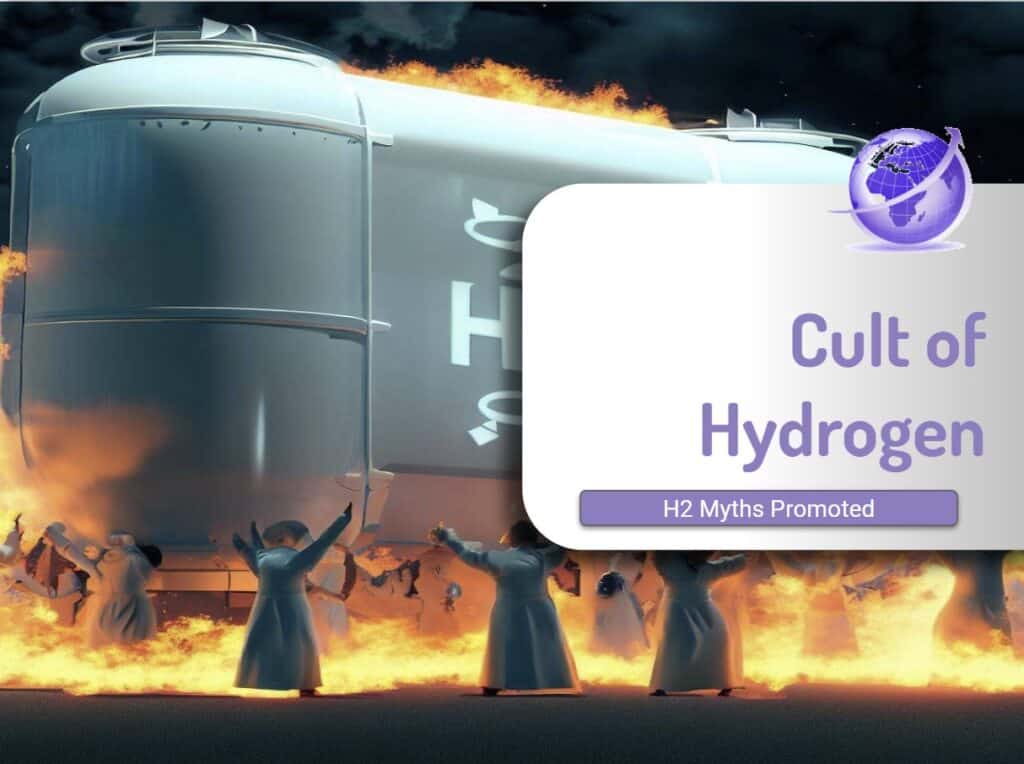With cheaper hydrogen electrolyzers needed, will China and USA deliver? Will the cost of electrolzers decrease in cost as fast as solar panels dropped? Will Wrights Law apply to electrolysers? China, USA and Europe are focused on reduction of cost for green hydrogen (H2) to under $1/kg.
Marco Polo examines the Chinese production focusing on major Chinese manufacturers who are driving cheaper electrolyzer.
“Gray hydrogen” from fossil fuels dominates the H2 market. Green hydrogen is 3-6x more expensive than gray hydrogen and 6-8x more expensive than methane-based natural gas. The cost of green hydrogen to reach true commercial viability needs to fall from $4-$6/kg to $1/kg to reach parity. (See US Department of Energy Hydrogen page).
What Is An Electrolyzer?
The diagram on MacroPolo on X shows four main types of electrolyzers
- Alkaline,
- Proton exchange membrane (PEM),
- Solid oxide electrolyzers,
- Anion exchange membrane.
Their main differences come down to the type of solution and/or material that ions pass through to produce hydrogen gas.

Cheaper Hydrogen Electrolyzers Increase H2 Use Cases
The importance is reflected in the hydrogen ladder v5 by Michael Liebreich. To compete against biomass as a fuel source for shipping, jet aviation, chemical feedstock, H2 will need to be cheaper. Price and quantity are both factors in a system. E.g. non-road mobile machinery was going to be H2, but now are looking to be electric. (See FMG corporate plans.

Update: Auctions In China
Hydrogen Insite reported in Dec 2023 electrolyzers are 2 to 5 times cheaper in China than in the West. State-owned China Energy Engineering Corporation published the details of the 14 winning bids at ‘centralised procurement’ tender to have 125 sets.
Eleven manufacturers won with bids for 5MW alkaline electrolysers averaging around ¥7.5m ($1.05m) each or $210,000 per MW, while five OEMs were chosen for their 1MW PEM machines, which cost an average of about ¥ 5.67m ($630,000) each (see table in Hydrogen Insights for details).
EY provided a report in Feb 2023 that put the average cost of alkaline electrolysers at $700-1,100 per kW ($700,000-1.1m per MW) — around three to five times higher than the average $210,000 per MW in the Energy China tender.
Example of a Project in Western Australia
- Renewable Energy Source: Wind power
- Electrolyzer Capacity: 100 MW
- Planned Production: 4,000 tons of green hydrogen per year
- Breakdown of Estimated Costs:
Breakdown of Estimated Costs
- Electrolyzers: $40 million (40% of total capital cost)
- Other Plant Equipment: $30 million (30% of total capital cost)
- Civil works and infrastructure: $20 million (20% of total capital cost)
- Land acquisition and permitting: $10 million (10% of total capital cost)
- Grid connection: $5 million
- Water treatment: $2 million per year
- Maintenance and operating expenses: $3 million per year
- Transportation and distribution: $1 million per year
Total Estimated Capital Cost: $100 million Estimated Levelized Cost of Hydrogen (LCOH): $4.50 per kilogram
Key Factors Influencing Costs in this Example:
- Abundant wind resources in Western Australia lead to lower renewable electricity costs.
- Economies of scale from the 100 MW electrolyzer help reduce costs.
- Access to existing grid infrastructure minimizes grid connection costs.
- Government incentives for green hydrogen production in Western Australia could further reduce costs.
Sources of information for this breakdown
- International Renewable Energy Agency (IRENA):
- Green Hydrogen Cost Reduction: Scaling up Electrolysers to Meet the 1.5°C Climate Goal (2020)
- Green Hydrogen: A Guide to Policy Making (2020)
- Hydrogen Council:
- Path to Hydrogen Competitiveness: A Cost Perspective (2020)
- BloombergNEF:
- Hydrogen Economy Outlook (2022)
- CSIRO:
- National Hydrogen Roadmap (2019)
- Australian Renewable Energy Agency (ARENA):
- Renewable Hydrogen Market Report (2020)
- McKinsey & Company:
- Hydrogen Insights (2023)
- The Hydrogen Economy: Taking a Deep Dive into Costs (2023)
- Government of Western Australia:
- Western Australian Renewable Hydrogen Strategy (2019)
- Hydrogen Industry Cluster of Western Australia (HICWA):
- Reports and publications on green hydrogen projects in Western Australia









